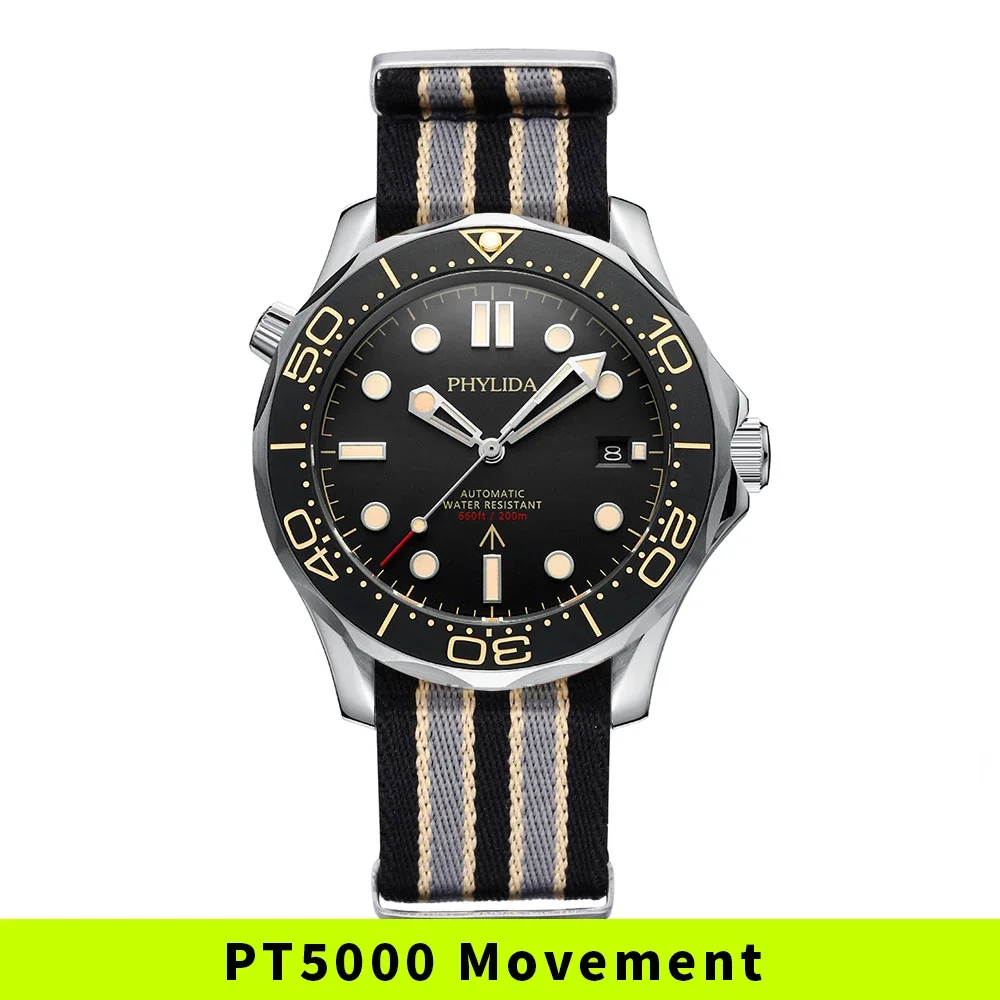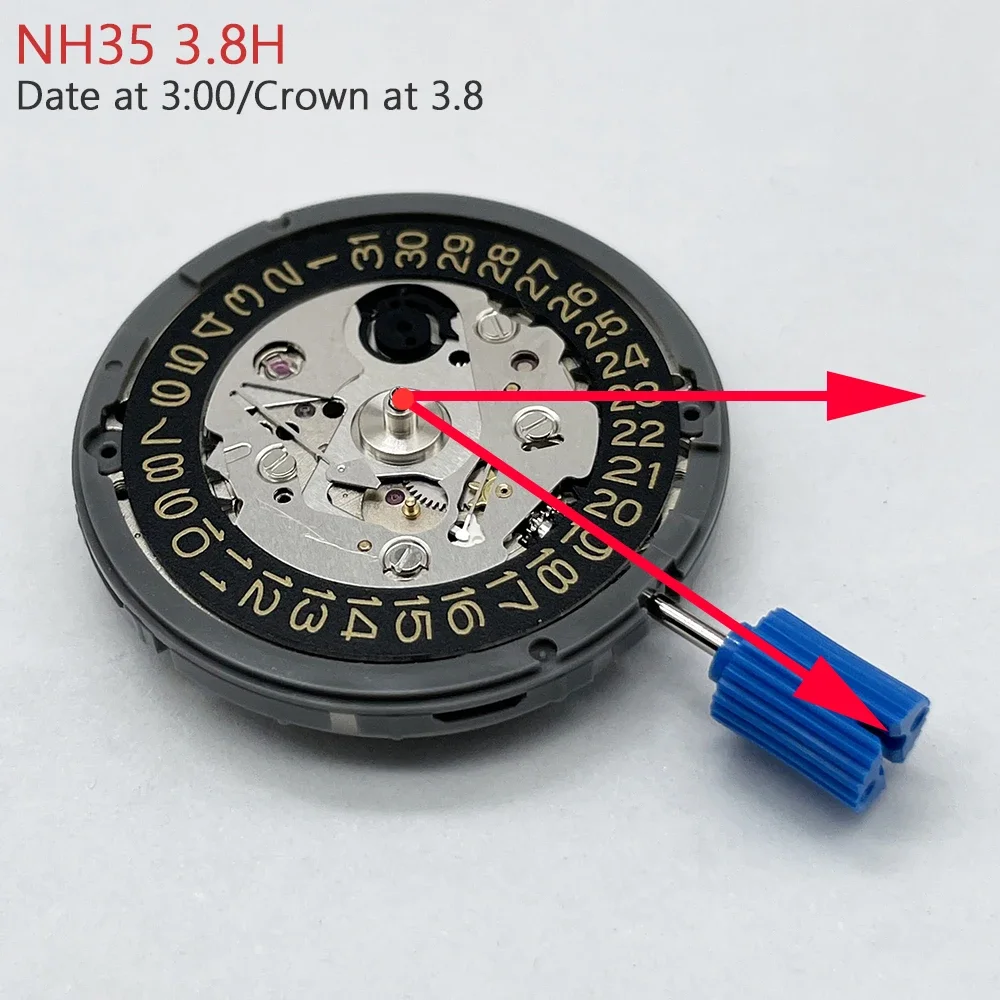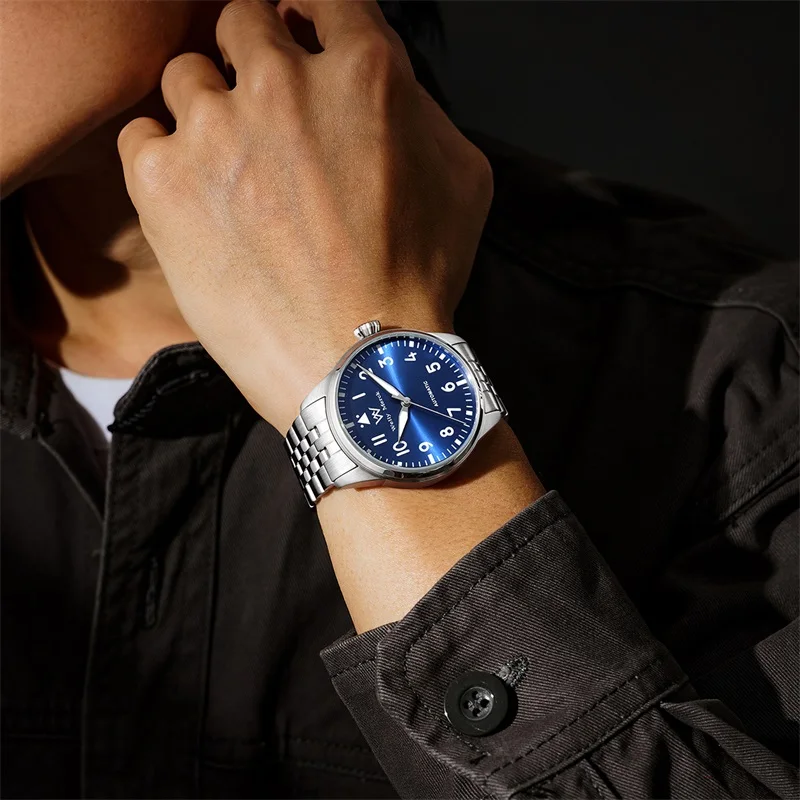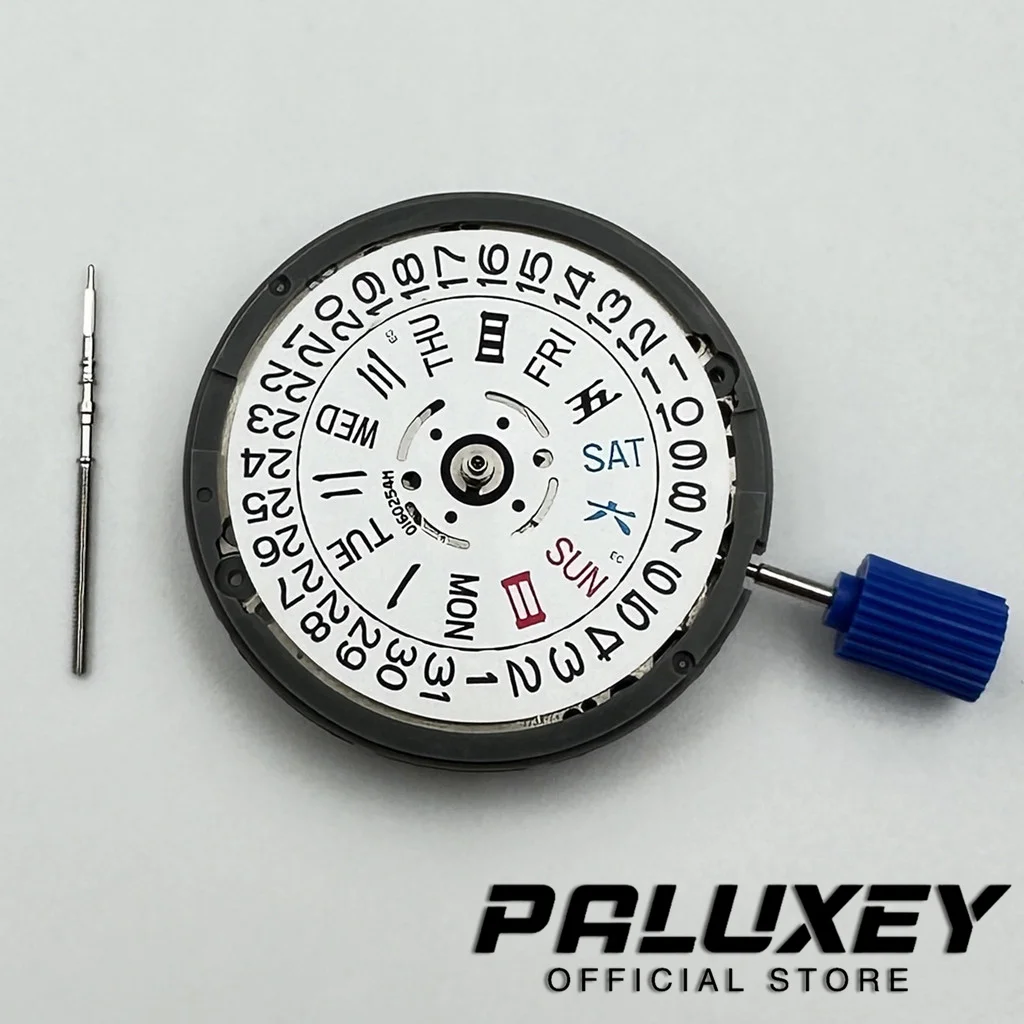In the world of horology, few complications match the practical elegance of the day-date display. This ingenious feature combines two essential pieces of information—the day of the week and the date of the month—in a single watch face. Despite the proliferation of digital devices that tell time and date, the day-date complication remains a cherished feature in fine watchmaking, blending functionality with traditional craftsmanship.
The day-date display represents a perfect balance between simplicity and utility, providing wearers with key information without overwhelming the watch’s aesthetic harmony. From boardroom meetings to weekend adventures, knowing both the day and date at a glance continues to serve a practical purpose in our daily routines. Throughout historical watchmaking developments, the day-date complication has evolved from a novel innovation to an enduring standard of refinement and convenience.
This article explores why the day-date display remains relevant, examining its mechanical intricacies, practical benefits, aesthetic considerations, and historical significance in the world of fine timepieces.
The Dual Function: Understanding Day-Date Complications
What Makes a Day-Date Display Unique
A day-date complication displays both the current day of the week and the date of the month simultaneously on the watch dial. This dual information system elevates the timepiece beyond basic time-telling into a practical calendar instrument worn on the wrist.
Most commonly, day-date watches present this information through windows or apertures on the dial, with several standard configurations:
- Day window at 12 o’clock with date at 3 o’clock (the classic arrangement)
- Day and date positioned side-by-side at 3 o’clock
- Day at 9 o’clock with date at 3 o’clock (offering balanced symmetry)
- Day and date together in a single window (often at 3 o’clock)
Many day-date watches offer multilingual options for the day display, typically including English, Spanish, French, and German, with the ability to select your preferred language during setting. This feature distinguishes day-date watches from simpler date-only timepieces, offering more complete calendar information while remaining less complex than annual or perpetual calendar complications.
The practical elegance of how day-date complications work showcases the ingenuity behind these seemingly simple displays.
The Intricate Mechanics Behind the Convenience
Behind the straightforward display lies a sophisticated mechanical system. In automatic and mechanical watches, the day-date function relies on a series of gears, cams, springs, and rotating discs carefully synchronized with the main timekeeping mechanism.
The date mechanism typically operates through a date wheel with 31 numbers printed around its circumference. This wheel rotates once every 31 days, advancing incrementally each day at midnight. The day display works similarly but with a seven-position wheel showing the days of the week.
The changeover process can vary between different watch movements:
- Instantaneous change: Both day and date snap precisely at midnight
- Semi-instantaneous change: The change occurs over a short period around midnight
- Gradual change: The displays slowly transition over several hours
In quartz day-date watches, the same visual displays are controlled by electronic impulses that precisely advance the calendar wheels at programmed intervals, ensuring reliable accuracy.
Most day-date watches require manual adjustment at the end of months with fewer than 31 days. This limitation distinguishes them from more advanced calendar watches. Our day-date automatic watches collection showcases how watchmakers elegantly incorporate this practical complication into various designs.
Practical Benefits in Daily Life
Information at a Glance: The Efficiency Advantage
The day-date display offers immediate practical value by providing two essential pieces of calendar information without requiring you to reach for your phone or consult a calendar. This convenience becomes particularly valuable in numerous scenarios:
During professional meetings or social gatherings, a subtle glance at your wrist provides date orientation without the social disruption or potential rudeness of checking a phone. For frequent travelers crossing time zones, the day-date display helps maintain temporal awareness when jet lag might otherwise cause confusion.
The day-date function also proves useful in environments where electronic devices are impractical or prohibited, such as certain professional settings, underwater activities, or areas with limited connectivity. The independence from batteries and charging makes this analog calendar solution consistently reliable.
Understanding the differences between day-date vs date-only watches can help potential buyers determine which best suits their lifestyle and information needs.
Organizational Tool for Structured Living
Beyond merely displaying information, a day-date watch serves as a practical organizational tool that supports structured living:
- Provides instant date verification when signing documents or scheduling appointments
- Helps track weekly routines and recurring commitments tied to specific days
- Supports time-blocking techniques and daily planning
- Serves as a consistent reference point when managing deadlines
For professionals who maintain paper planners or analog organizational systems, a day-date watch creates a complementary ecosystem of non-digital time management. The constant presence of this information on your wrist reduces the cognitive load of having to remember the date or day, freeing mental resources for more important matters.
Aesthetic Impact and Design Considerations

Visual Harmony in Watch Design
The inclusion of day and date displays presents unique design challenges and opportunities for watchmakers. Skilled designers must balance the functional requirement of legibility with the aesthetic harmony of the overall dial.
Watch designers employ various approaches to integrate these windows gracefully:
The day window often receives special treatment at the 12 o’clock position, creating a natural visual anchor at the top of the dial. Some designs use matching frames around both windows to create visual cohesion, while others differentiate them to establish a clear information hierarchy.
Font selection plays a crucial role—traditional serif fonts convey classicism and heritage, while modern sans-serif typefaces suggest contemporary precision. The color contrast between the displayed text and its background dramatically impacts both readability and aesthetic appeal.
Over decades, watchmakers have refined these design approaches, creating distinctive signature styles that watch enthusiasts can recognize at a glance. Our automatic watches collection demonstrates how day-date displays enhance rather than detract from a watch’s visual appeal.
Material Selection and Finishing Quality
The materials used in a day-date watch significantly influence both its aesthetics and functionality. Premium watches typically feature:
Sapphire crystal covering the dial, providing exceptional clarity and scratch resistance, ensuring the day-date display remains perfectly legible for decades. Applied (rather than printed) hour markers that add depth and dimension, creating sophisticated interplay with the window displays.
The finishing quality of the case, dial, and hands contributes to the overall impression of refinement. Sunburst, guilloche, or other textured dial treatments can enhance the visual interest while providing contrast to the day-date windows.
High-quality day-date watches balance materials and finishing techniques to ensure both durability and beauty. The choice between brushed surfaces (which hide minor scratches) and polished elements (which catch the light dramatically) affects not just appearance but the watch’s aging characteristics over years of wear.
Comparative Value Among Calendar Complications
Day-Date vs. Simple Date Displays
When comparing day-date watches to simpler date-only models, several key differences emerge:
The additional day display provides more complete calendar orientation, particularly valuable for those with variable schedules or who frequently lose track of the day during busy periods. However, this extra information requires more dial space, potentially affecting other design elements.
Date-only displays maintain cleaner dial aesthetics with minimal interruption to the watch face, appealing to minimalist preferences. The simpler mechanism may also result in a thinner watch profile in some models.
The decision between these options often depends on personal information needs and aesthetic preferences. Some users find tremendous value in the day function, while others prefer the simpler elegance of a date-only watch.
Understanding proper setting procedures for day-date watches helps owners maintain accurate calendar displays with minimal effort.
Day-Date vs. Advanced Calendar Complications
The day-date function sits in the middle of the calendar complication hierarchy:
| Calendar Type | Adjustment Needs | Mechanism Complexity | Relative Price |
|---|---|---|---|
| Simple Date | Monthly adjustment | Low | Lower |
| Day-Date | Monthly adjustment | Moderate | Moderate |
| Annual Calendar | Once yearly (February) | High | Higher |
| Perpetual Calendar | Once per century | Very high | Premium |
Day-date watches strike a practical balance between functionality and complexity. They provide more information than a simple date while avoiding the significant price premium and mechanical complexity of annual or perpetual calendars.
For most users, the day-date offers the optimal blend of utility and value. The mechanism is robust enough for daily use while remaining serviceable by most watchmakers. Meanwhile, our perpetual calendar automatic watches represent the pinnacle of calendar complications for those seeking horological mastery.
Historical Significance and Cultural Impact

Evolution of Calendar Displays in Watchmaking
The journey toward modern day-date displays spans centuries of horological innovation. Early pocket watches with date functions appeared as special commissions for wealthy patrons, featuring simple date hands pointing to numerals around the dial’s periphery.
The transition to wristwatches in the early 20th century created new design challenges for calendar mechanisms. Limited space required ingenious solutions, leading to the development of date windows rather than dedicated hands.
The technical breakthrough came with the innovation of instantaneous date-changing mechanisms that could reliably advance two separate calendar elements (day and date) simultaneously at midnight. This development represented significant progress in evolving watch technology, requiring precise engineering of springs, gears, and levers in extremely confined spaces.
By the mid-20th century, watch manufacturers had largely standardized day-date formats, establishing the familiar window displays we recognize today. The complication became a signature feature of prestigious timepieces, signaling both technical prowess and practical sophistication.
Iconic Day-Date Models That Defined the Category
Among day-date watches, the Rolex Day-Date stands as the definitive model that shaped the category. Introduced with an elegant design featuring a day display arching across the top of the dial and a magnified date at 3 o’clock, it established the archetypal day-date aesthetic.
Known as the “President’s Watch” due to its popularity among world leaders, the Rolex Day-Date was exclusively crafted from precious metals, positioning it as the ultimate status timepiece. Its distinctive President bracelet, with semi-circular three-piece links, became an iconic design element in its own right.
Other prestigious manufacturers developed their own interpretations, each with unique characteristics: some featured more subtle day displays integrated into subdials, while others emphasized maximum legibility with bold, contrasting windows.
The cultural impact of these watches extended beyond timekeeping—they became symbols of success, reliability, and attention to detail, traits reflected in our ongoing timeline of watchmaking innovations.
Classic Automatic Dress Watches, Day Date Automatic Watches, Perpetual Calendar Automatic Watches
Price range: $540.60 through $574.60 Select options This product has multiple variants. The options may be chosen on the product pageAutomatic Chronograph Watches, Chronograph Pilot Watches
Price range: $233.36 through $237.58 Select options This product has multiple variants. The options may be chosen on the product pageClassic Automatic Dress Watches, GMT Automatic Watches, GMT Pilot Watches
Price range: $1,240.86 through $1,463.33 Select options This product has multiple variants. The options may be chosen on the product pageAutomatic Chronograph Watches, Classic Style Dive Watches
$3,053.06 Select options This product has multiple variants. The options may be chosen on the product pageAutomatic Skeleton Watches, Open Heart Automatic Watches
$98.36 Select options This product has multiple variants. The options may be chosen on the product pageBronze Automatic Watches, Military Inspired Automatic Watches, Professional Spec Dive Watches
Price range: $1,442.21 through $1,442.82 Select options This product has multiple variants. The options may be chosen on the product page
Making an Informed Selection
Movement Selection: Automatic, Manual, or Quartz
When considering a day-date watch, the movement type significantly affects both user experience and long-term ownership:
| Movement Type | Day-Date Advantages | Considerations |
|---|---|---|
| Automatic | Self-winding convenience, smooth sweep, heritage appeal | Requires regular wearing or winding, periodic service |
| Manual Wind | Thinner profile possible, traditional interaction | Daily winding required, calendar needs adjustment when power reserve depletes |
| Quartz | Highest accuracy, lowest maintenance, often lower cost | Battery changes needed, less horological prestige |
For day-date functions specifically, automatic movements offer an excellent balance—they provide the convenience of self-winding while maintaining the connection to traditional watchmaking. The date change mechanism in a quality automatic watch can operate flawlessly for decades with proper maintenance.
Quartz movements excel in accuracy and maintenance-free operation, making them practical choices for those who prioritize set-and-forget reliability. Their precise electronic regulation ensures consistent calendar changes exactly at midnight.
Quick-Set Functionality: A Key User Experience Feature
Modern day-date watches typically include quick-set mechanisms that dramatically improve the user experience when adjustments are needed. This feature allows rapid adjustment of calendar displays without cycling the watch through entire 24-hour periods.
The most user-friendly watches offer dual quick-set functionality, where both day and date can be independently adjusted using different crown positions. Single quick-set designs may require the wearer to advance through all seven days to reach the desired day of the week.
When evaluating day-date watches, the presence and type of quick-set mechanism should be a key consideration. This feature becomes particularly valuable at month ends and after periods when the watch hasn’t been worn, saving considerable time during adjustments.
Users should note the safe adjustment window—typically avoiding calendar changes between 9 PM and 3 AM when the change mechanism is engaged—to prevent potential damage to the delicate calendar works.
Personal Considerations: Matching Your Needs and Style
Selecting the right day-date watch ultimately depends on individual factors:
- Readability requirements: Consider dial color, window size, and contrast based on your vision needs
- Usage patterns: Frequent travelers and those with irregular schedules may benefit most from day displays
- Style coordination: Choose a watch that complements both professional and casual attire if worn daily
- Size preferences: Day-date mechanisms may slightly increase case thickness in mechanical watches
- Budget alignment: Quality day-date watches exist across price points, from affordable to luxury
The ideal day-date watch seamlessly integrates with your lifestyle, providing useful information without calling undue attention to itself unless desired as a statement piece.
Day-Date in the Digital Age: Enduring Relevance

Why Mechanical Calendar Displays Persist in Smartwatch Era
Despite the convenience of digital calendars and smartwatches, mechanical day-date displays continue to thrive for several compelling reasons:
Traditional day-date watches operate without batteries or charging, providing constant access to calendar information without the anxiety of power depletion. The mechanical nature creates a meaningful connection to timekeeping traditions spanning centuries, offering a respite from the disposable technology cycle.
Perhaps most significantly, a quality mechanical day-date watch can last for generations with proper care, while smartwatches typically become obsolete within a few years. This longevity represents both environmental responsibility and the creation of potential heirlooms.
The satisfaction of glancing at a precisely engineered mechanical calendar display—knowing it’s powered solely by the physics of gears and springs—delivers a unique pleasure that digital alternatives cannot replicate. For comprehensive information about these remarkable timepieces, our essential guide to day-date watches provides valuable insights.
Is a Day-Date Watch Right for You?
Consider these questions when determining if a day-date watch suits your needs:
Do you frequently need to know both the day and date without checking digital devices? If you regularly schedule appointments or track deadlines by day of week, this complication provides genuine utility.
Does your aesthetic preference lean toward classic watch designs with character-adding complications? The day-date display adds visual interest and functional complexity to a watch face.
Do you appreciate the self-sufficiency of having essential calendar information physically present on your wrist? For many, this independence from digital devices holds significant appeal.
Would you benefit from the convenience of calendar information in situations where checking a phone would be impractical or inappropriate? Professional settings, outdoor activities, and formal occasions often make a day-date watch especially valuable.
If you answered yes to several of these questions, a day-date watch likely represents a worthwhile investment that combines practical benefits with horological appreciation.
Conclusion
The enduring importance of day-date displays in watches stems from their perfect balance of practicality, aesthetics, and horological tradition. By providing essential calendar information at a glance, these watches continue to serve a genuine purpose even in our digital age.
The day-date complication represents watchmaking’s ability to enhance daily life through mechanical ingenuity. Whether in professional environments, travel scenarios, or everyday timekeeping, knowing both the day and date without reaching for an electronic device maintains its appeal.
Beyond mere functionality, these watches connect wearers to the rich heritage of mechanical timekeeping while serving thoroughly modern needs. The day-date display stands as a testament to purposeful design—enhancing the watch’s utility without sacrificing visual harmony or wearability.
As a practical tool, a design element, and a horological achievement, the day-date complication rightfully maintains its position as one of watchmaking’s most valued features—a small mechanical marvel that helps us navigate our days with elegance and precision.







